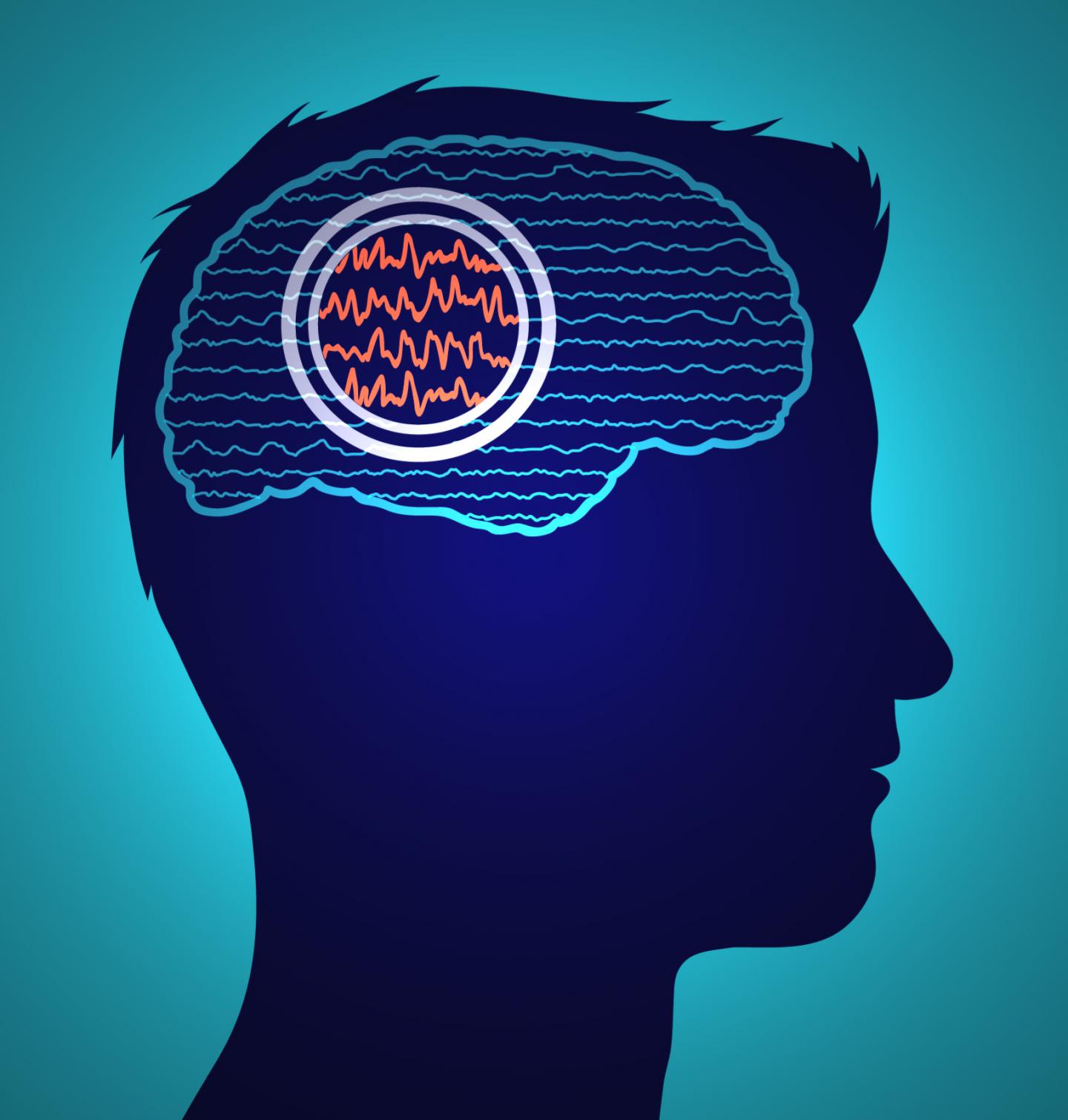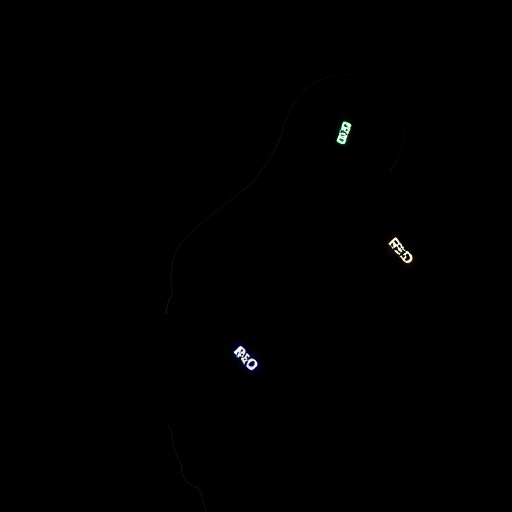
Credit: Mayo Clinic
Epilepsy–a condition that affects an estimated 65 million people worldwide–can be a difficult condition to treat. A team at the University of Illinois at Urbana-Champaign and Mayo Clinic have developed a method with the potential to significantly improve the accuracy and reduce the cost and time needed to identify regions of the brain causing epilepsy.
Using probabilistic modeling and artificial intelligence techniques based on real data from patients suffering from epilepsy, Yogatheesan Varatharajah and Mayo Clinic neurologist Dr. Greg Worrell developed a model to identify seizure generating brain regions using only non-seizure data. The new approach has the potential to decrease the time of an epilepsy procedure from days or weeks to just a couple of hours.
It has been long appreciated that the epileptic brain regions responsible for seizures generate abnormal activity even when a patient is not having a seizure. It is similar to the sparks that occur before a fire ignites. Worrell and Varatharajah investigated this further.
"When we looked at the data the doctors were collecting, we examined the abnormal activity and using sophisticated machine learning techniques, we were able to actually predict where the seizures were coming from," said Varatharajah, a PhD student in electrical and computer engineering at the Coordinated Science Lab at the University of Illinois at Urbana-Champaign.
"This gave us the idea of utilizing our probabilistic modeling expertise in epilepsy procedures to identify the seizure-generating regions without having to look at the brain activity during the seizures, which typically requires recording brain activity for days to weeks to capture the patients' typical seizures," he said.
As many as 30 percent of people who suffer from epilepsy don't respond to any kind of drug treatment. For those people, surgery to remove the area of the brain causing the seizures is one of their only solutions.
To locate the seizure-generating brain region, surgeons typically implant sensors directly on the brain to monitor the brain activity during seizures. The problem is that this procedure requires patients to have seizures–and it may take days or weeks for one to occur.
"This is a very time-consuming and a costly procedure," said Varatharajah, who is advised by CSL and ECE Professor Ravishankar Iyer. "And it can also be a very traumatic experience for the patients, who have to go through two back-to-back brain surgeries and suffer another seizure."
Varatharajah and his colleagues have proposed a vastly difference experience. Using electroencephalography (EEG) data from the brain sensors, the team analyzed non-seizure activity from 80 patients with epilepsy. To test their accuracy, they compared their results to the seizure EEG data and surgery outcomes from patients.
"We wanted to develop a method to localize seizure-generating regions within just two hours in the ICU," said Varatharajah. "Without encountering a seizure."
If approved for clinical use, patients would undergo surgery to place electrodes on the brain, and then–during the same procedure–the team's algorithms would collect and analyze EEG data for just two hours to determine the seizure-inducing brain region, allowing the doctors to evaluate results and make a decision about removing the area.
The technology, which the team is continuing to develop, is being patented by Mayo Clinic, and they are evaluating the possibility of using it in clinical practice. This collaborative work was made possible by the Illinois-Mayo Alliance and was published in the conference proceedings for the 2017 Neural Information Processing Systems conference in December 2017.
"We believe this technology has the potential to transform the field of brain mapping and epilepsy surgery," said Dr. Greg Worrell. "Our patients will no longer require multiple days of hospitalization to record their habitual seizures, but rather can have a single intra-operative procedure to localize epileptic brain tissue that can then be immediately resected."
###
Media Contact
Ravishankar K. Iyer
[email protected]
217-333-9732
@EngineeringAtIL
http://engineering.illinois.edu/
Original Source
https://csl.illinois.edu/news/illinois-and-mayo-clinic-team-develop-improved-method-identify-seizure-causing-regions-brain





